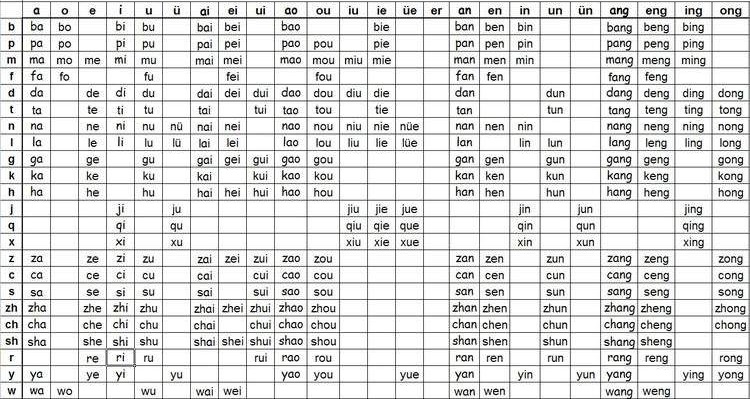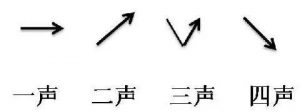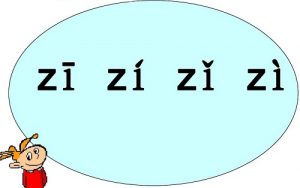Mandarin Pinyin in Chinese
Pinyin is basically the alphabet for the Chinese language (han yu) and also a method to write Chinese using the Roman (Western) alphabet. Pinyin is how Chinese words are pronounced, which is combination of Chinese syllables, however Chinese written characters are often described by their radicals and components which you can see in textbooks.
Let’s take some Chinese words as an example:
The character 上 is pronounced as Shàng, which is a combination of the sounds “Sh” and “ang.” The character 中 is pronounced as Zhōng,which is a combination of the sounds “Zh” and “ong.”
Beginner Mandarin students need to know Pinyin to read and write Chinese without using Chinese characters. This allows students to focus on spoken Mandarin before learning Chinese characters.
Pinyin is also useful tools reflected in many respects, such as you can use Pinyin to look up words in the dictionary or online, type Chinese characters with Pinyin Input, and learning Pinyin improve your Chinese listening. The best way to learn Pinyin is to find a native speaker to practice on a regular basis.
The Four Mandarin Tones
There are four tones in speaking mandarin Chinese. First Tone is called 一声 ( yī shēng ) in Chinese, Second tone is called 二声 ( Èr shēng ), Third tone is called 三声 ( Sān shēng ), Fourth tone is called 四声 (Sì shēng).
Tones in Pinyin can change the meaning of a character or a word, this means that the same exact syllable can mean different things if different tones. For instance, the syllable “Tang”can mean soup (汤 tāng ), candy (糖 táng) , lie down (躺 tǎng) , scald (烫 tàng), its meaning depends on which tone is used.
Thus it is much important to read both the pronunciation of the word and its tone. The wrong tones can affect the meaning of your words.



Recent Comments